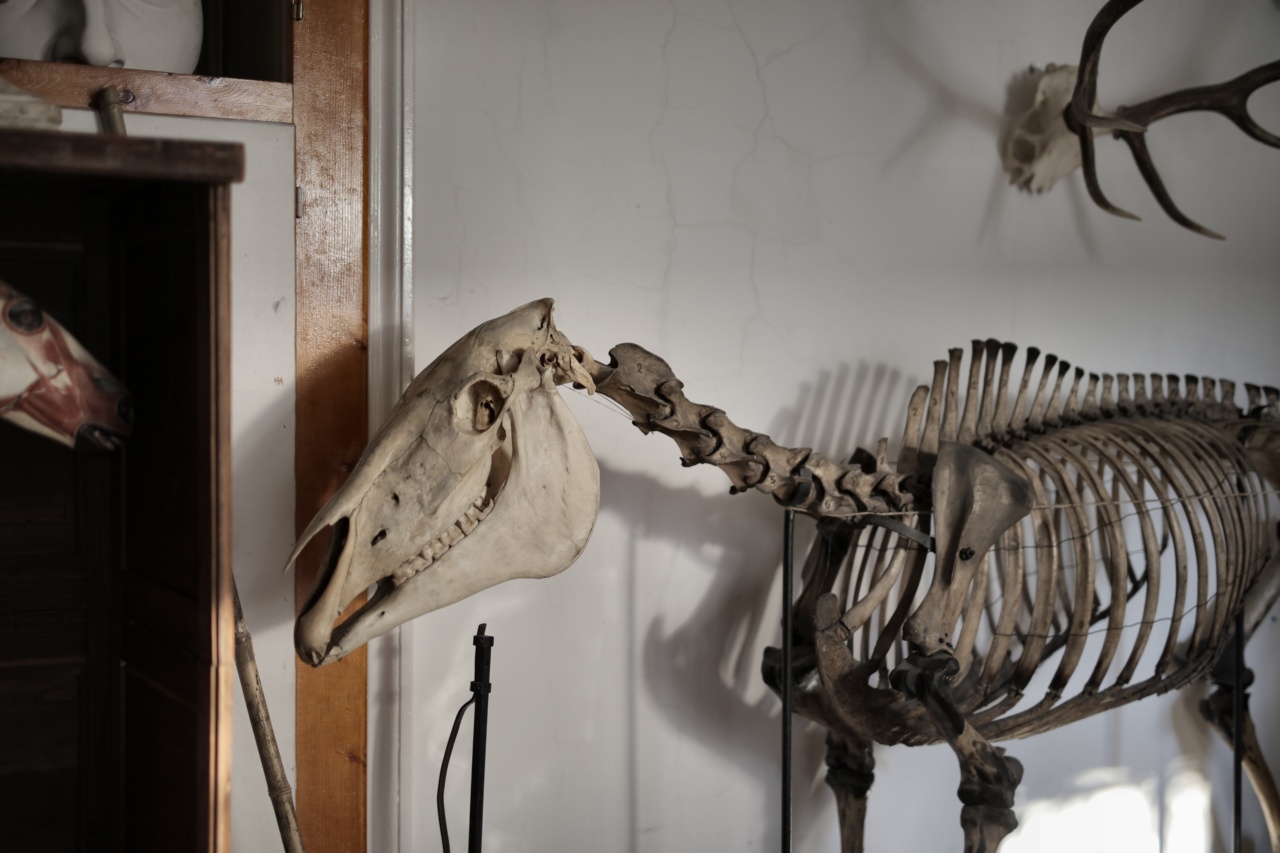The penis is a complex organ that plays a crucial role in reproduction and sexual pleasure. It undergoes various changes throughout a man’s lifetime, both in terms of size and functionality.
Understanding these changes can help individuals identify normal variations and potential issues that may arise. In this article, we will explore the anatomy of the penis and delve into how it changes over time.
1. The Structure of the Penis
The penis is made up of several parts, including the shaft, glans, and foreskin (if present). The internal structure consists of three cylindrical bodies of tissue:.
a) Corpora Cavernosa: Two chambers running along the upper side of the penis that fill with blood during an erection.
b) Corpus Spongiosum: A smaller chamber surrounding the urethra, which remains spongy instead of rigid during an erection to allow for ejaculation and urination.
2. Development during Puberty
During puberty, the penis undergoes significant growth and development. Hormonal changes, particularly an increase in testosterone, trigger the enlargement of the penis.
Puberty typically begins between the ages of 9 and 14, and penile growth usually occurs around 12-16 years of age.
During this period, the penis may appear to grow at different rates for different individuals. It commonly starts with the testicles and scrotum growing larger, followed by the shaft and glans gradually increasing in size.
Some individuals may experience penile growth spurts, where there is a sudden and rapid increase in size over a short period.
3. Size Variations in Adults
It’s important to note that there is a wide range of penis sizes among adult men, and this is considered normal.
The average erect penis size is around 5.16 inches (13.12 cm) in length and 4.5 inches (11.66 cm) in circumference, while the average flaccid penis size is approximately 3.61 inches (9.16 cm) in length.
Penis size can vary significantly based on genetics, racial or ethnic background, hormonal influences, and overall health. It’s essential to remember that penile dimensions do not determine sexual satisfaction or masculinity.
4. Erectile Function and Aging
As men age, they may notice changes in their erectile function. It’s common for older men to require more time or sexual stimulation to achieve an erection, and the erection may not be as firm as it was in their youth.
This is primarily due to reduced blood flow to the penis and changes in hormonal levels.
Additionally, the refractory period, the time it takes for a man to achieve another erection after ejaculation, usually becomes longer as men age.
However, it is important to note that these changes are part of the natural aging process and not necessarily indicators of dysfunction.
5. Erectile Dysfunction (ED)
Erectile dysfunction (ED) refers to the consistent inability to achieve or maintain an erection sufficient for sexual intercourse. While ED becomes more prevalent with age, it is not an inevitable part of getting older.
It can occur at any age, and its causes are often multifactorial, including medical conditions, lifestyle factors, psychological issues, or medication side effects.
ED can have a profound impact on a person’s well-being and relationships. It is essential to seek medical assistance if persistent difficulties in achieving or maintaining an erection are experienced.
6. Penile Health and Maintenance
Maintaining good penile health is crucial at every age. Some tips for optimal penile health include:.
a) Practicing good hygiene by cleaning the penis regularly, especially under the foreskin if applicable.
b) Using protection during sexual activities to prevent sexually transmitted infections (STIs).
c) Regularly checking for any lumps, bumps, or abnormalities on the penis and consulting a healthcare professional if anything concerning is found.
d) Engaging in regular exercise, eating a balanced diet, and avoiding excessive alcohol consumption and smoking to maintain overall good health, which also benefits penile health.
7. Common Penile Conditions
There are various conditions that can affect the penis, including:.
a) Phimosis: The inability to retract the foreskin from the glans due to tightness. This can usually be resolved with medical treatment or circumcision if necessary.
b) Peyronie’s Disease: A condition characterized by the development of fibrous scar tissue inside the penis, causing it to curve during erections. Treatments are available to manage this condition and alleviate symptoms.
c) Balanitis: Inflammation of the foreskin and glans, often caused by poor hygiene or yeast infections. Good hygiene practices and appropriate medical treatment can help resolve balanitis.
8. Penile Cancer
Penile cancer is a relatively rare form of cancer but should not be ignored. It often originates in the skin or cells of the penis and can be detected through symptoms such as persistent sores, growths, or changes in skin color.
Regular self-examination and prompt medical attention can aid in the early detection of penile cancer, increasing the chances of successful treatment.
9. Psychological and Societal Factors
It’s important to acknowledge that psychological and societal factors can significantly impact how individuals perceive their penis. Insecurities and anxieties about size, appearance, or performance can affect self-esteem and sexual confidence.
Open communication with partners, seeking professional help if emotional issues persist, and educating oneself about the normal variations in penile anatomy can foster a healthier outlook towards one’s own body and sexual experiences.
10. Conclusion
The penis undergoes various changes over a man’s lifetime. From the onset of puberty to the natural aging process, understanding these changes and embracing their normal variations is crucial for overall well-being and sexual confidence.
While perceptions of penis size and function may differ between individuals, it is important to prioritize physical and psychological health over societal pressures or unrealistic ideals.
Remember, every penis is unique, and seeking medical advice for concerns or issues is always encouraged.































